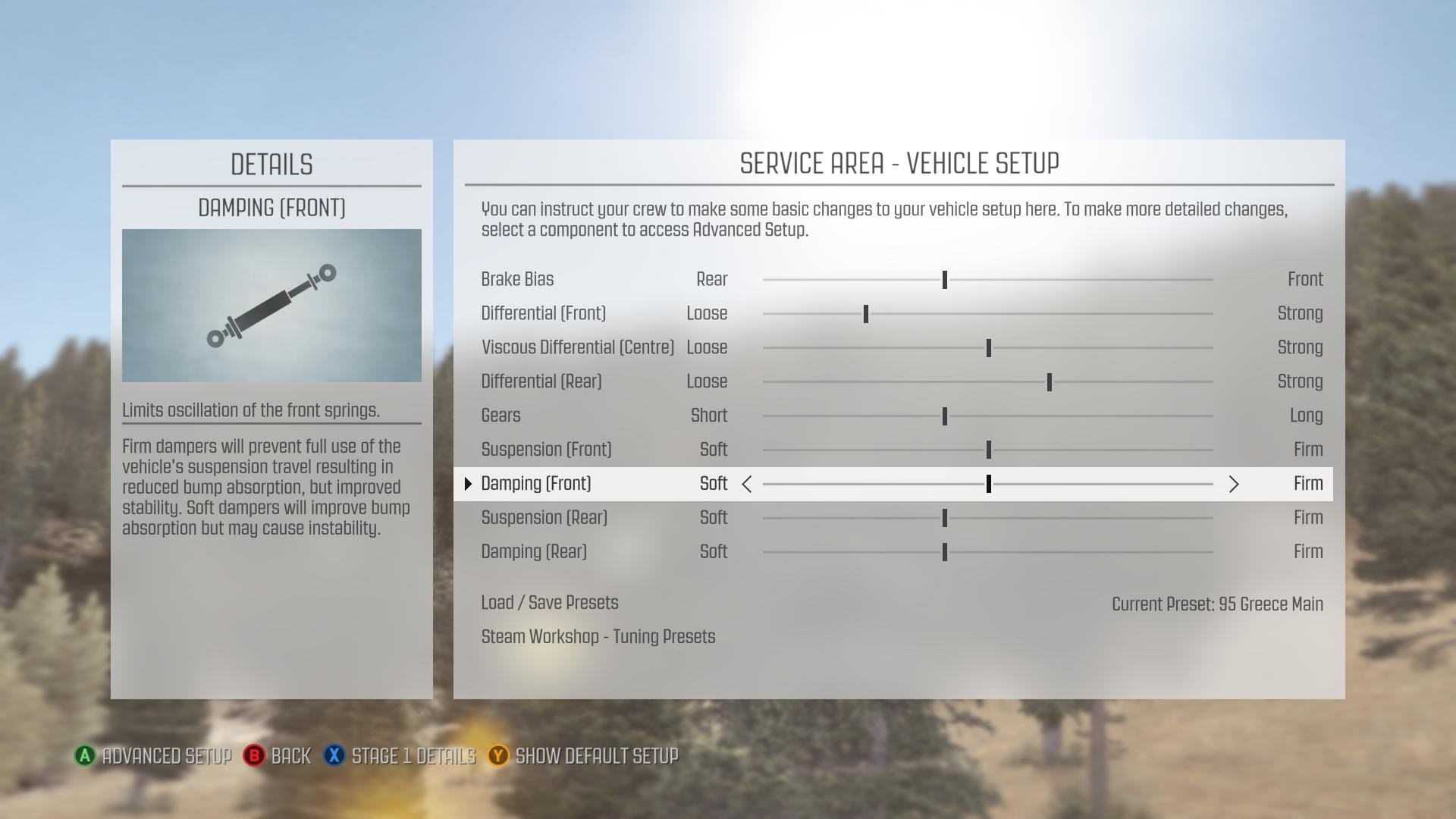Dampers, often referred to as shock absorbers, are crucial components in a rally car’s suspension system. They control the spring’s movement, preventing excessive bouncing and ensuring the tires maintain contact with the road. Properly tuned dampers are essential for navigating diverse rally stages, from smooth gravel to treacherous rocky terrain. This guide delves into the intricacies of rally car damper tuning, providing insights for both basic and advanced adjustments.
Understanding the Basics of Damper Tuning
Dampers influence a car’s handling and responsiveness to bumps and shocks. Without them, the vehicle would continuously oscillate on its springs. Loose dampers lead to excessive sway and instability, while overly stiff dampers hinder shock absorption, potentially causing the car to lose control. Finding the optimal balance is key to maximizing performance.
A good starting point for beginners is to set the dampers in the middle of their adjustment range. This provides a reasonable compromise between stability and shock absorption. For extremely rough terrains like Greece in Dirt Rally, softening the dampers slightly improves traction. Conversely, on smoother stages like Finland or Sweden, firmer settings enhance control.
Remember, stiffer dampers are generally preferred when the terrain allows, as they provide better responsiveness. However, they should never be so firm that the car loses contact with the ground. The general rule is: less terrain absorption necessitates stiffer damper settings. Stages like Greece and Wales often require looser damper settings (below 50%) due to their roughness.
Delving into Advanced Damper Tuning
Advanced damper tuning involves fine-tuning individual parameters like bump, rebound, and fast bump/rebound settings. These adjustments allow for precise control over the damper’s behavior under various conditions.
Bump: This setting controls the damper’s resistance to compression. Firmer bump settings enhance stability and traction on smooth surfaces, while softer settings improve absorption on rough terrain. Contrary to common misconception, jumps don’t always require extremely soft bump settings. Too much softness can cause the car to bottom out.
Fast Bump: This setting activates when the damper compresses faster than a predefined threshold (Fast Bump Threshold). It allows for a different bump strategy during rapid compression, such as landing from a jump. A slightly softer fast bump than the regular bump provides a safety net for unexpected impacts.
Fast Bump Threshold: This determines the compression speed at which the fast bump setting takes over. A higher threshold means the fast bump will activate less frequently, while a lower threshold makes it more sensitive.
Rebound: This setting controls the speed at which the damper extends after compression. Softer rebound improves tire contact on uneven surfaces, but can lead to instability. Firmer rebound enhances control but may cause the wheels to lift off the ground. Rebound settings usually mirror bump settings; firm bump typically pairs with firm rebound, and vice versa.
Fast Rebound: Similar to fast bump, fast rebound activates when the damper extends faster than the Fast Rebound Threshold. It’s often used to provide extra stability during rapid extension, preventing the car from bouncing uncontrollably. A slightly firmer fast rebound than the regular rebound is generally recommended.
Fast Rebound Threshold: This sets the extension speed at which fast rebound activates.
Experimenting with these advanced settings is crucial for finding the optimal setup for your driving style and the specific demands of each rally stage. Remember, these are guidelines, and the best settings will ultimately depend on individual preferences and car characteristics. Continuous testing and refinement are key to mastering rally car damper tuning.


